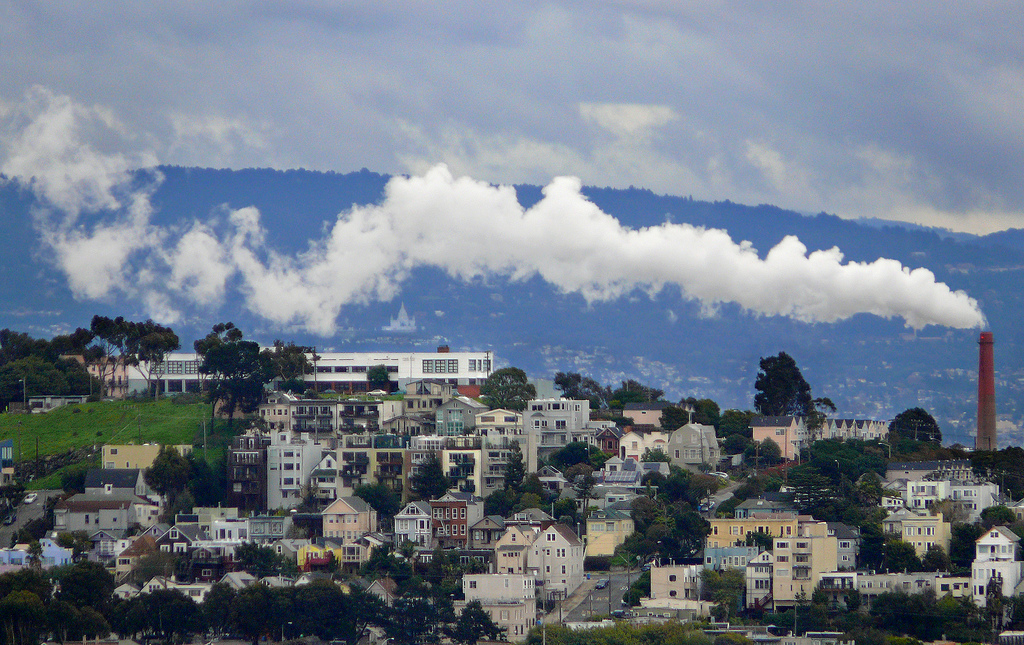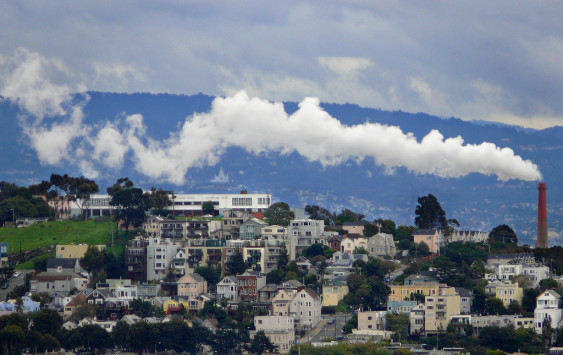If Washington finally stops giving fossil fuel polluters a free pass and starts making them pay for their pollution, the state will have some money to spend. Nothing makes friends like money to spend, so legislators will undoubtedly hear all about how schools, highway builders, and others would like to spend the money.
Yet some people in Washington will have a particularly strong claim to that revenue. They’ve already paid a high price for pollution in terms of their health, access to opportunities, and overall quality of life. Members of these communities often have darker skin and lower incomes than other neighborhoods. More pollution, more people of color, and less money add up to a need for investments to help these communities thrive.
But first we have to find them.
That might sound silly—it’s not like these communities are hiding. Community organizations know exactly where people are suffering. Or for a more scientific approach, we could look at census and pollution data and pinpoint the communities with more pollution, more poverty, and more people of color than other parts of the state.
Actually, we need to do both.
“More pollution, more people of color, and less money add up to a need for investments to help these communities thrive.”
Yes, there are community groups that are very familiar with highly-impacted communities in the Evergreen State. And yes, there are data sets revealing levels of air pollution and toxic pollution rates, proximity to pollution sources and disposal sites, poverty, employment, home-ownership, and education levels, prevalence of residents of color, immigrants, and non-English speakers. The trick is to put all of that together.
What Washington needs is a statewide methodology for combining multiple data points related to pollution, socio-economic status, and racial, ethnic and cultural composition along with local knowledge to identify highly-impacted communities.
The good news is that there are a lot of good models and data sets to draw from. Sightline’s newest report explains how other states have attempted to identify highly-impacted communities, what Washington already knows about its own such communities, and how the state could move forward with identifying the ones that need the polluters-pay revenue the most.
Find the full report here.











Weezy
The biggest polluters in the state are Boeing, the airlines operating in and out of SeaTac, the several cement plants in and around Seattle, the refinery by Anacortes, and the coal-burning power plant on the Columbia.
How much would they be paying each year, Kristen?